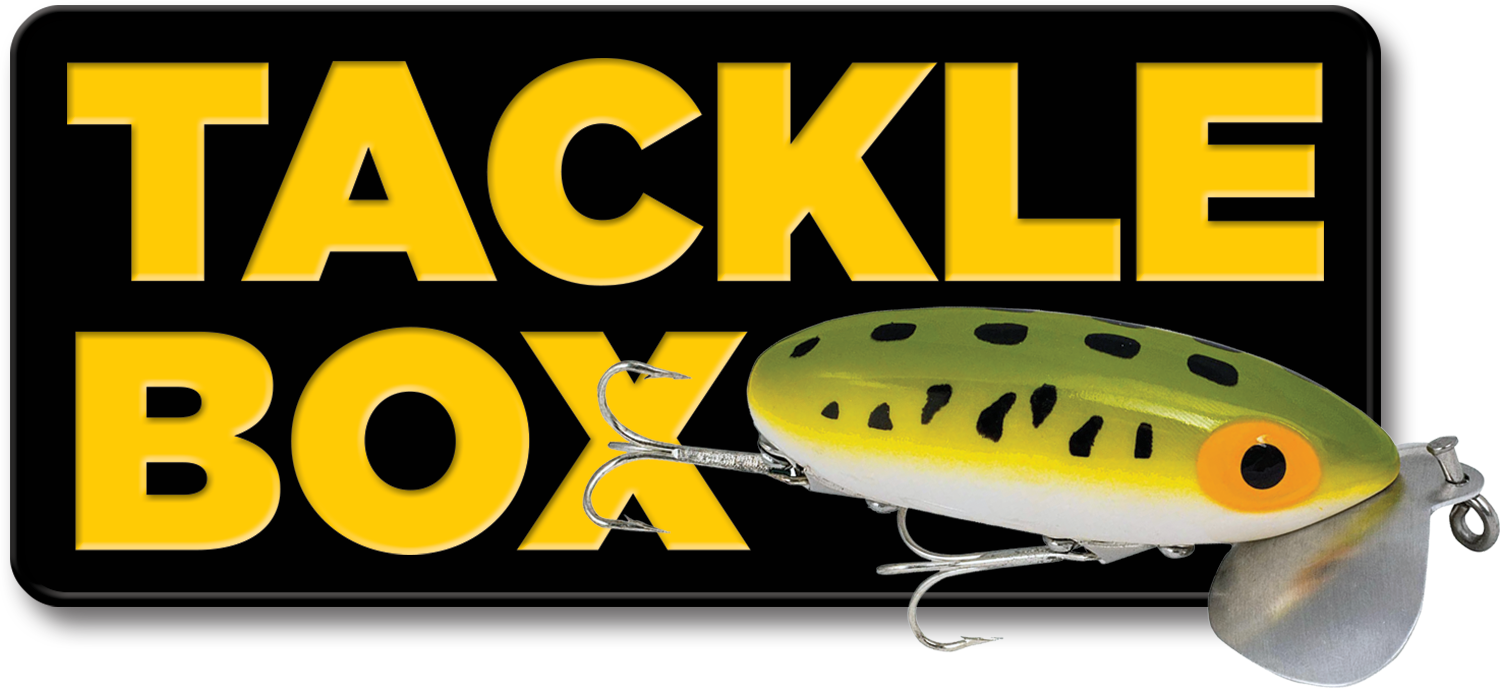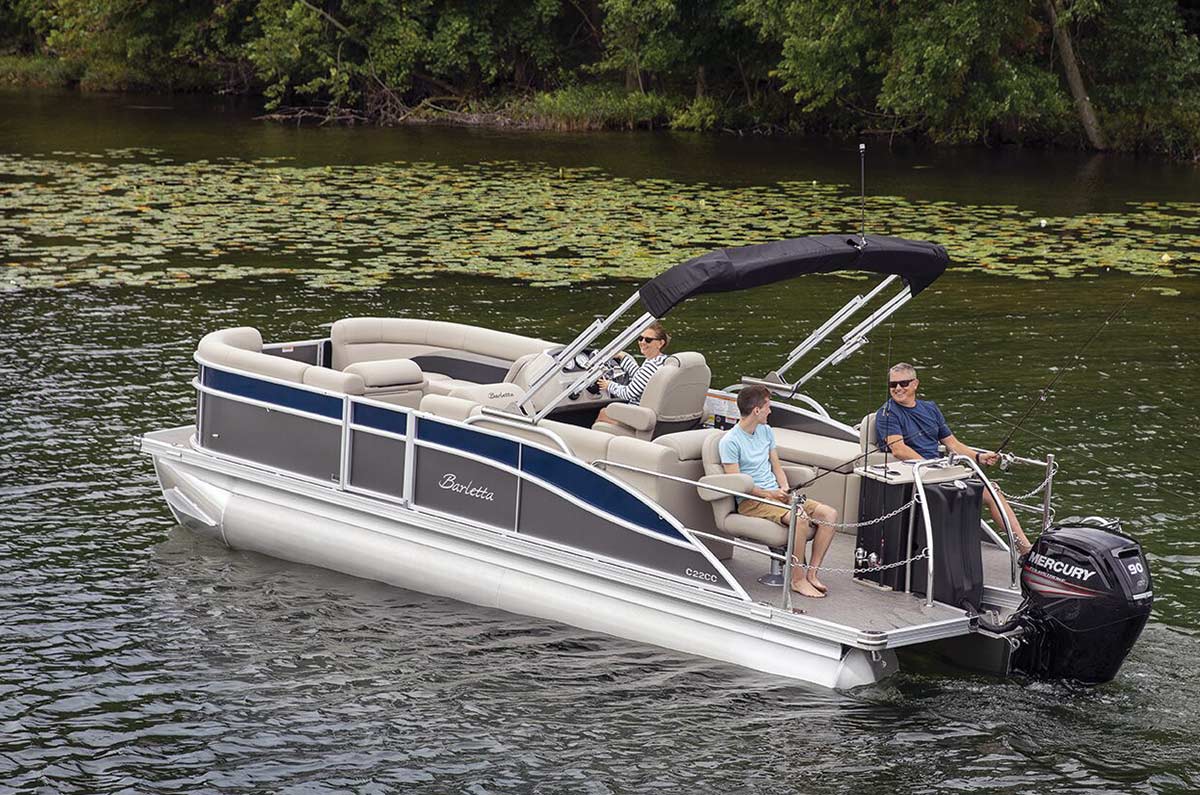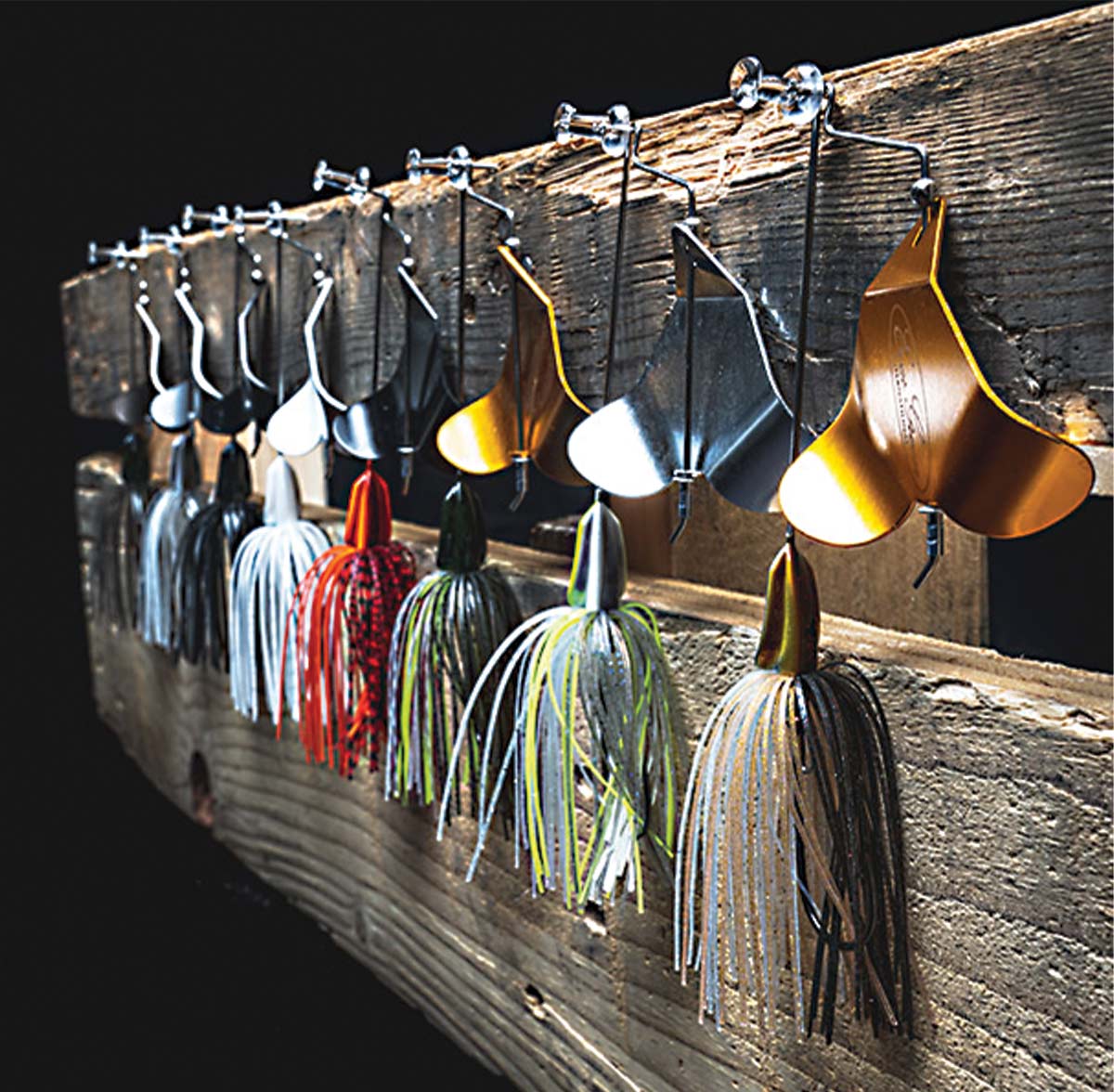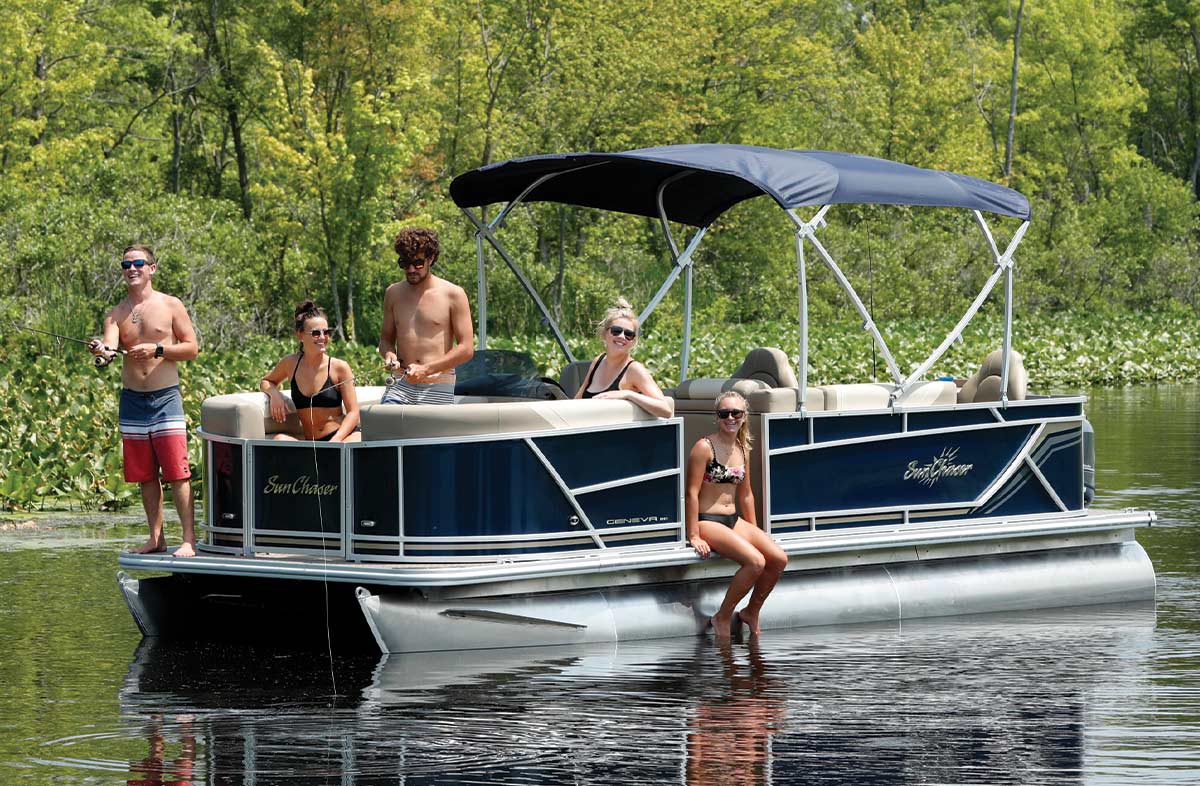
Covered
Covered

Fish relate to both, for shelter, shade, food and security from predators, providing the gamefish we seek with hiding and ambush areas. Large areas of weedy cover are like “aquatic neighborhoods” with each stage of the food chain present. From insects, to bluegills, to largemouth, cover serves as a place where fish come to feed, or hide out in an effort to avoid being eaten.
Aquatic vegetation is prime fishing cover, and can be classified into floating, emergent and submerged categories as each has slightly different features for fish.
Some anglers refer to thick, floating vegetation as “slop,” which is often sought out by those targeting largemouth bass. Slop is a combination of thin, strand-like algae and other floating vegetation that is mixed with emergent plants such as lily pads and coontail. In shallower waters with limited water movement, slop sticks to other types of weeds, forming a large, floating mat that attracts largemouth bass. In deeper bays, slop will also hold pike and muskie.
Fishing slop is really fun and productive when the fish are “on” and you have the right tools. Wander into a slop-filled bay with a spinning rod and eight-pound test line and you are begging to be frustrated. Effectively fishing and hauling fish from the bowels of the salad requires heavy-action rods and heavy line with 17-pound test monofilament or fluorocarbon and 30-pound test braid at the minimum. Lure choices include weedless soft-plastics or surface baits, such as lizards or paddletail worms teamed with heavy sinkers to punch through the thick mats. Floating frogs such as Bass Pro Shops’ Tender Toad or toads such as Gambler’s Cane Toad are also great slop baits. When a bass explodes on one of these, you’ll understand the allure of the tactic.
Emergent plants are another prime area as they grow in the water with some of the tops extending above the surface, such as reeds or bulrushes. In thick growth the plants will hold a variety of species but can be difficult to fish beyond the short-cast tactics of pitching and flipping. That said, reeds and bulrushes are prime largemouth spots in certain conditions, such as when they are being pounded with a warm, summer wind and waves. Tossing Colorado-bladed spinnerbaits or Texas-rigged plastics are popular – and productive – tactics for fooling largemouth aggressively feeding among the reeds.

Keep in mind that the reeds will hold panfish, such as crappies and bluegills, in early spring as well. Slip bobbers suspending micro jigs and/or live minnows are deadly in such situations.
Submerged weeds make up a large percentage of fishing cover and will attract a variety of fish species. Weedflats and weedlines are two common examples and will harbor walleye, bass, pike, muskie, trout and panfish. Work the edges of such weedbeds, using crankbaits, spinnerbaits or swimbaits. To get into the thick stuff, you’ll need lures that are as weedless as possible. For walleye, consider a Lindy Veg-E-Jig; largemouth and smallmouth bass can be taken by soft jerkbaits or topwater baits. When it comes to pike and muskie, it’s tough to beat an inline spinner or a bucktail spinnerbait on a fast retrieve to scoot over the top of weeds.
Submerged wood attracts all types of bass and other Great Lakes gamefish, and includes sunken logs, standing timber, fallen trees, beaver dams, docks and more. Just keep in mind that wood structure is less forgiving than weeds when you get snagged, and it can be frustrating to fish if you aren’t used to it.
Flooded timber can draw a variety of fish species and is common in man-made reservoirs where trees are left standing to offer cover once the impoundment is flooded. Effectively fishing the trees requires heavy-duty gear and precision casting and retrieving. Straight-retrieve topwater baits can shine during low-light and overcast conditions, and include buzzbaits, Heddon’s Wounded Zara Spook or Rapala’s Skitter Pop. Spinnerbaits will also work when the timber isn’t too dense, whereas flipping jigs or Texas-rigged plastics may be better choices to fish the thick stuff.
Laydown trees and beaver dams also attract a variety of fish, primarily bass and panfish, but in waters where they are found, pike and muskie frequently prowl the submerged branches. Topwater lures or large jigs with brush guards are two good options to fish both the trees and the beaver dams. Fallen trees and beaver dams are famous for holding brook trout as well as other trout species, where small inline spinners, spoons and flies will fool resident species, browns and rainbows.
Docks can hold more than their share of fish, but to give yourself an edge, whether fishing from atop the dock itself or casting to the pilings from a boat, learn to approach and fish docks quietly so that you won’t spook the fish. If you can, work docks first with long casts, then move in and use short pitch and flip casts. Use snag-resistant lures to lessen your chances of snags, which dock owners will appreciate!
In conclusion, when you come upon cover of any type, consider it in the context of the surrounding water features. Doing so can result in you learning to differentiate between good versus bad types of cover and answer questions like: Why does this bay of lily pads hold bass but the other one doesn’t? Or why are the resident rainbow trout relating to submerged weed beds on this side of the lake over the other?
Before you know it, you’ll have accumulated a wealth of experience to call upon when confronted with similar situations on waters that call for fishing various types of cover, which leads to success.


Geneva 20 Fish
Which brings me to my pick, a prime example of how a pontoon boat can serve as a prime pleasure- and fishing-craft. The Geneva Fish 20 offers a mix of spacious, comfortable seating options, including a pair pedestal-mount, swiveling fishing chairs and an aft fishing station that includes vertical rod holders, an aerated livewell and an integrated fish-measuring tape. Complemented by plenty of lounging seating, a big swim platform with a five-step ladder, a great Jensen stereo system and beverage holders throughout, it’s also an ideal family cruiser for joy rides or picnics on a distant beach. In addition to the 20-footer I picked, SunChaser offers 22- and 24-foot Geneva Fish models in various configurations that are excellent multi-purpose boats with optional accessories for anglers, active watersports enthusiasts and those who merely want some comfortable lounging space for catching a few rays. Whether they be sun or sunfish.
- LENGTH:20’ 10”
- BEAM:8′ 6″
- WEIGHT:1,770 lbs.
-
Max Passenger Capacity/
- Weight:10/1,410 lbs.
- Fuel Capacity:20 gals.
- Maximum Horsepower:125 hp